Learning how to stop a skateboard is one of the most challenging tricks for any starter, it is often even more challenging than building a skateboard. It’s an important action to take when maneuvering over a dangerous location. Though it depends on your level of proficiency with the skateboard; using different stops will fit best and appear more awesome. Although it is advisable to rehearsal your techniques many times before using or apply any of the skills while on speed, once you are familiar with the skills, then performing similar styles will be pretty easy.
How To Stop A Skateboard
Tail Scraping or Jumping Off
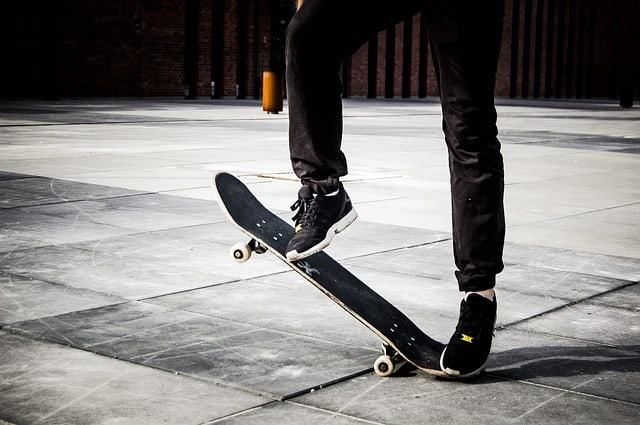
- Tail scrape when moving slowly. The Tail scraping is one of the most common stopping techniques. While doing this, it pretty easy to lose your balance on the board without knowing. Try this skill if you intend to skate on the ground or side work with an electric skateboard whether a readymade one or a DIY one. Use the most common retained techniques (e.g., the control slide stopping) when faced with danger.
- Move your non-dominant leg to the back of the skateboard. Try to balance your weight directly above the balls of each foot. Place you the most dominant foot on the middle of the board. Once your wobble on the board, maintain your balance by lifting both hands to retain your balance.
- Press down the tail using the back leg. Apply some amount of pressure to establish contact with the ground. Once you notice a scraping noise, the board is getting ready to stop. The frictional force that exists between the ground and the skateboard will help to break down the speed.
- Avoid stepping off the board while you still in motion.
- Try the heel scrape as an alternative. The technique can be exhibited in many ways; this time, the tail of the board will have no contact with the ground. While trying the technique, you will have to extend the rear foot until the soul of your foot has no connection with the skateboard. Try stopping once you establish enough contact between the ground and your foot.
- Once you use this technique regularly, you are likely to get the heels of your shoes wearing out.
Going Off-Roading
It is often tempting to jump off the board while in motion, but this option should only be considered when confronted with danger or an emergency. Keep your legs and arms loosed a little; this will allow you to curl and roll once you come in contact with the ground.
- Practice all forms of falling techniques on grasses to enhance your skills for emergency purposes.
- Try to fight the feeling of catching yourself with your hands. This can be dangerous and can twist the wrists.
Braking With Your Foot
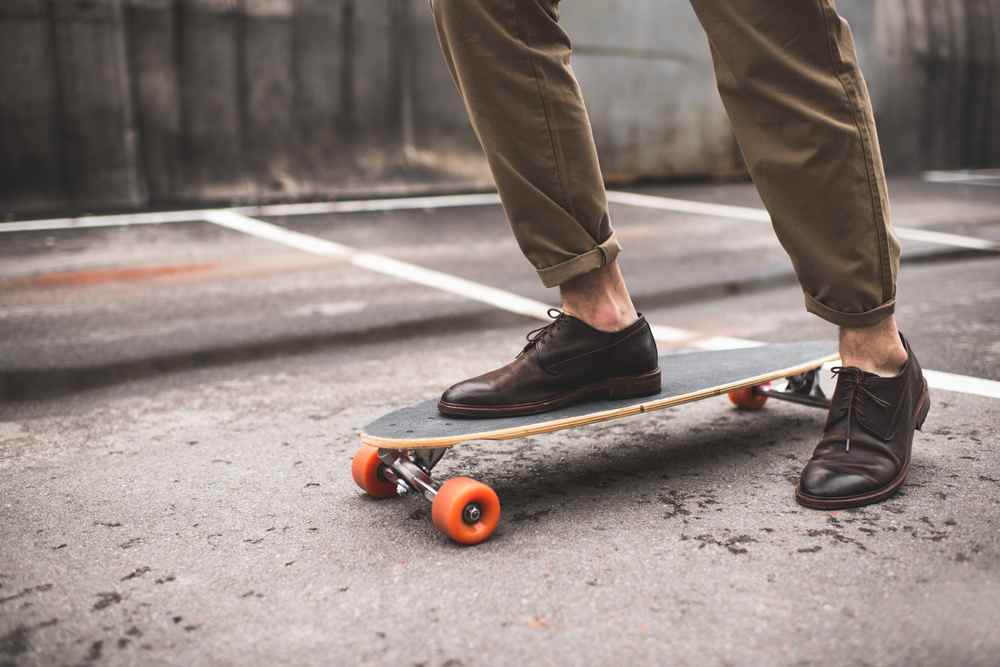
- Foot brake when you’re skating on level ground. If you’re heading down the hill or faced with an emergency, it is advisable to avoid foot brake. Though in casual skating the technique can be helpful. If you intend to foot brake, it’s best to avoid shoes with opened toes or flip-flops.
- If you are rolling down the street at a comfortable pace, then foot braking can be useful.
- The foot braking technique is suitable for beginners. It is applicable for all sorts of skateboards and ripsticks.
- Turn one foot forward: the first step toward foot braking is turning your leg forward. You will need to face the direction of the nose to apply the foot brake technique effectively. Turn your head and the upper region of your body forward while carrying out the technique.
- You chose to use your right or left foot or any of both feet that is most dominate to you.
- Transfer your weight to your front foot and bring your back foot down. Once you establish a proper balance on the front foot, allow the back foot to relax on the ground. Try to keep your rear leg straight and avoid leaning too much on it. Doing this can lead to a fall.
- Allow your heel to be the first part of your body that touches the ground.
- Try to touch the ground with your heel first.
- Let your rear foot drag gently across the ground surface. Apply a little pressure on the ground with the heel of your shoes once you encounter a halt. Try to shift your entire body weight downward and apply more pressure to the rear foot.
- For a stable and smooth stop, apply equal pressure on both legs and skateboard safely.
Controlled Slide Stopping
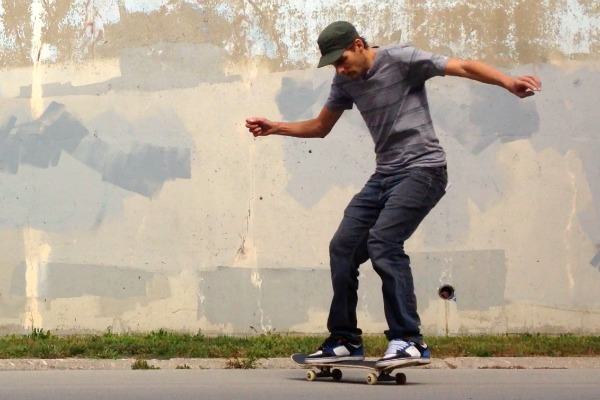
- Try the controlled slide stop when braking downhill. The slide stop is an ideal technique if you intend to apply a fast break for an emergency or when rolling down the hillside.
- Try slide stopping once you are skating down the hill and suddenly have a car pulls out before you.
- Use protective: Wear gear that will protect you. Use wrist guards and knee pads always. The gear will protect your knees and wrist.
- Place your front foot forward. Foot braking is a technique that involves moving the front foot onward until it faces the nose of the board. Place your foot directly above the front bolt of the skateboard.
- Similar to foot braking, try to move your leg forward on the position of the nose. If you are familiar with the position of the bolts, try to place your leg directly above each bolt.
- Turn your board at a 180-degree angle. Pivot yourself using the upper part of your body, direct your body weight to the side of the skateboard; this will help accommodate your body while turning swiftly.
- While exhibiting the move, try to keep your feet on the board always, and avoid dragging your feet on the ground.
- Put your hand on the ground for consistency. To start this, place your arm on the road and use it to drag yourself (similar to the rear foot, during foot braking. Use gears like hand gloves to help protect your body from road burn.
- Slide the board to stop. Once you notice the board is coming to a complete stop, lift both hands upward to maintain your balance.
- Train before trying the real trick. If you require an immediate brake while rolling down the hill, try inclining yourself a bit gently at the side of the skateboard.
- Practice the entire process until you get used to it.
Powerslide
- Powerslide only when you are confident enough in your moves. The power sliding technique is pretty similar to controlled sliding, but the entire technique employs more professional moves of maneuvering over obstacles. The power sliding technique is not advisable to give a try if you intend to stop before an obstacle. It is more logical to practice with your friends or within a skate park.
- Check out traffic on both parts of the skateboard before power sliding. Since the move can be very tricky.
- Shift Your Weight To Your Heels. While doing this, lean a bit on the board. Doing this will help increase your body balance to ensure total control during the entire process. Concentrate most of your body weight on both front heels.
NOTE: leaning on the back heel can most time be very tricky and challenging for most people.
- Turn your body in the direction of your slide. Try to move both the lower and upper part of your body; move your hips and shoulders together. The front foot can serve as a pivot, so try using it –when sliding at an angle of 90 degrees. If you are starting, we suggest you take a ride at a slow pace; doing this can help with your balance control.
- Kick out with your back foot. Once you successfully pivot yourself, try to kick in the specific direction you intend to slide toward. This will help complete the powerslide and allow you to come to a gradual stop. Ensure you are leaning backward until the skateboard comes to a complete stop. This will also help with your body balance.
Tips
No matter what kind of skateboards you are riding, the following tips will help you stop it safely.
- While carrying out skateboard breaking, use only hamlets that are suitable enough to touch your head all round.
- If you encounter an emergency, the control slide trick will be very suitable to adopt –as it is one of the most active skateboard brakings.
Warnings
- Foot brake often leads to tears and wears on shoes.
- Landing on your body part that is a bit fleshy can decrease your chance of sustaining injuries. Bend down to decrease the intensity of a fall once you get off balance. Once you come in contact with the ground, roll your body in line with the direction of fall, this will help and reduce the force that was to be absorbed with your entire body.
If you consider skating as a hobby or a sporting activity, learning how to stop a skateboard should always be your first priority. You can start with any of the above stopping tricks you feel is simple and convenient for you. However, you can evolve from a current point to another over time. We will love to hear from you regarding your suitable braking techniques, so feel free to leave a comment in the box below.

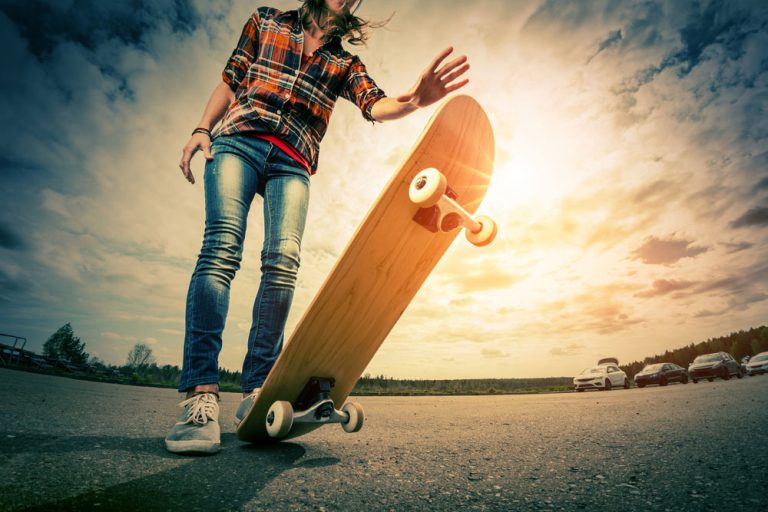
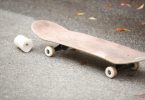
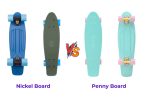
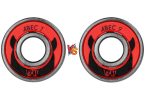
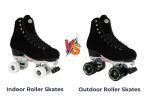
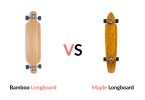
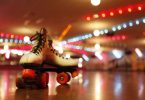

Leave a Comment